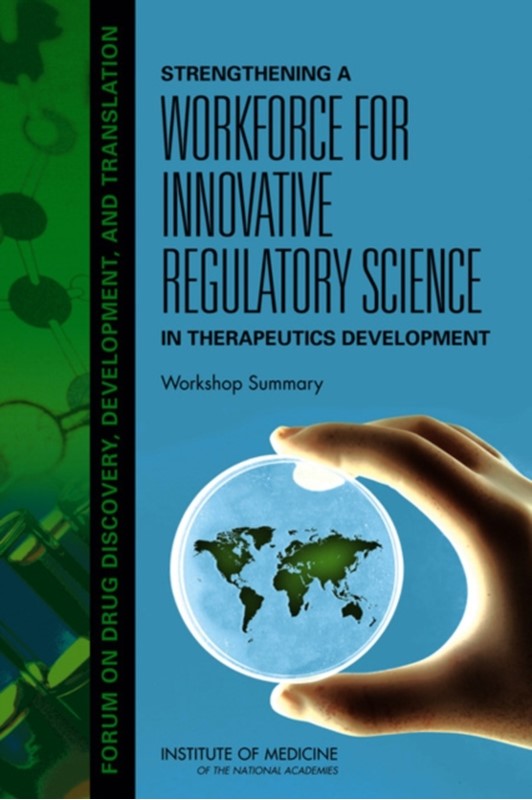Rising Above the Gathering Storm - National Academy Of Sciences - Bog - National Academies Press - Plusbog.dk
In October 2005, the National Academy of Sciences, National Academy of Engineering, and Institute of Medicine released a policy report that served as a call to action. The report, Rising Above the Gathering Storm: Energizing and Employing America for a Brighter Economic Future observed that "the scientific and technological building blocks critical to the United States economic leadership are eroding at a time when many other nations are gathering strength." The report laid out 20 recommendations in four broad areas - K-12 education, science and engineering research, higher education, and economic and technology policy - and warned that a failure to take action could have dire economic consequences. Rising Above the Gathering Storm sparked intense discussion among policy makers, industrial leaders, and the general public. Five years after the release of the Gathering Storm report, a second report, Rising Above the Gathering Storm, Revisited: Rapidly Approaching Category 5, assessed changes in America's competitive posture. This report concluded that "our nation's outlook has not improved, but rather has worsened" since the Gathering Storm report was released. The report noted examples of other nations that have upgraded their investments in education, technological infrastructure, and innovation systems to a greater extent than has the United States. The ability of the states to drive innovation was the impetus behind a major workshop held in Madison, Wisconsin, on September 20-22, 2011. Titled "Rising Above the Gathering Storm: Developing Regional Innovation Environments," the workshop brought together leaders in education, government, economic development, and industrial innovation to discuss state and regional initiatives to boost competitiveness through science, technology, and innovation. The conference was organized around four major themes:- Revitalizing K-12 Science and Mathematics Education- Strengthening Undergraduate Education in Science and Engineering- Building Effective Partnerships Among Governments, Universities, Companies, and Other Stakeholders- Fostering Regional Technology Development and EntrepreneurshipRising Above the Gathering Storm: Developing Regional Innovation Environments: A Workshop Summary gives an overview of the presentations, observations, and recommendations made during the workshop. Table of ContentsFront Matter1 Overview2 Revitalizing K-12 Science and Mathematics Education3 Strengthening Undergraduate Education in Science and Engineering4 Building Effective Partnerships5 Fostering Regional Technology Development and Entrepreneurship6 Final ObservationsAppendix A: Workshop AgendaAppendix B: Biographical Sketches of Agenda Speakers and Planning Committee MembersAppendix C: Workshop Participant Roster

















































